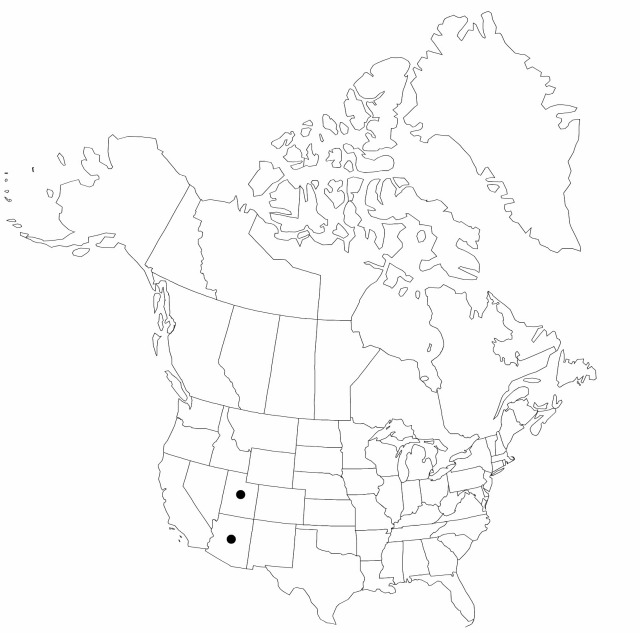Carex curatorum
Leafl. W. Bot. 2: 13. 1937.
Plants cespitose; rhizomes rarely conspicuous. Culms erect, (23–) 35–91 cm. Leaves: sheaths and bases from previous year’s leaves absent; ligules acute; blades sparsely pilose adaxially, especially along median adaxial groove and veins. Inflorescences unispicate (occasionally with 1–2 short lateral spikes of same sex), erect, ellipsoid; primary inflorescence bracts leaflike, as long as or longer than inflorescences. Scales red-brown, oblong-lanceolate, to 3.5 × 1.9 mm, shorter than or equaling perigynia, margins hyaline, broad, central midrib extending to scale apex, apex acute. Perigynia tawny to red-brown, obovate to ovate, 2–3(–4) × 1.5–1.8 mm, often wider than subtending scale, apex tapering or rounded, distal 3/4 hirsute; beak to 0.5 mm, orifice adaxially oblique; rachilla often present. Achenes 1.2–2 × 0.8–1.2 mm, loosely enveloped by perigynia, occupying 1/3–2/3 width and 1/3–3/4 length of perigynia. 2n = 62.
Phenology: Fruiting May–Jul.
Habitat: Riparian or hanging garden communities
Elevation: 900–1300 m
Discussion
Of conservation concern.
Carex curatorum is distinguished from C. scirpoidea by its longer leaves, sparsely pilose adaxial leaf surfaces, achenes that are not tightly enveloped by the perigynia, and subtending scales that are light in color and narrower than the perigynia. Upon maturity the perigynia with achenes disarticulate from the spikes and are readily dispersed, unlike C. scirpoidea, which retain perigynia with achenes until the next growing season.
Selected References
None.

